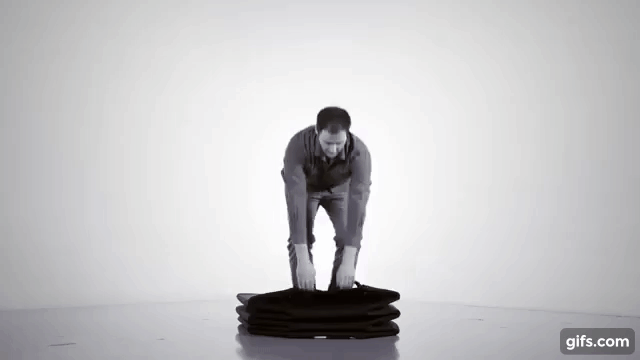Chair of LA Metro wants more police on buses and trains after hijack and death
Metro officials say they're working to improve safety after a bus was hijacked and a rider was found dead on Sept. 25.

The chair and previous chair of the Los Angeles County Metropolitan Transportation Authority board are calling for stronger security measures once again after a gunman took over a bus and allegedly killed a passenger early Wednesday, Sept. 25, during a slow-speed chase that lasted about an hour before ending in downtown L.A.
The hijack and death were the latest in a spate of violent incidents on Metro buses and trains this year. The uptick in violence prompted LA Metro’s Board of Directors in May to authorize a “surge” in law enforcement personnel to patrol buses and trains.
The board also voted over the summer to pilot the use of weapons-detection technology to beef up security.
“There’s so many people in Los Angeles County that depend on our system, and it’s imperative that they not only feel safe but are safe,” L.A. County Supervisor Janice Hahn, who also chairs the Metro board, said during a Wednesday press conference at Metro’s headquarters.
She noted that Metro has been trying out three weapons-detection systems at Union Station in downtown L.A. Transit officials hope to expand the weapons-detection systems to more stations if they prove effective. In addition, Hahn said Wednesday she’d like to see more law enforcement officers riding Metro.
“Obviously they can’t be on every bus or train, but if they’re more visible, that makes a difference and can be a deterrent and make riders feel safe,” Hahn said.
Her comment came four months after the Metro board first authorized an increase in law enforcement personnel aboard the transit agency’s buses and trains because of a spike in violent incidents.
At the time, the Metro board was chaired by L.A. Mayor Karen Bass. On Wednesday, Bass said she’d continue to work with Hahn and Metro CEO Stephanie Wiggins to explore “new steps that we can take” to fulfill the board’s goal of addressing public safety.
“Riders and operators alike should know that we are moving with urgency to prioritize the safety of all aboard the system,” Bass said.
Both Hahn and Bass noted that the hijacked bus in Wednesday’s incident had a barrier installed, which they credited for keeping the bus driver safe from the suspect and prevented the hijacker from taking control of the bus. Hahn said those barriers are expected to be installed on every Metro bus by year’s end.
The CEO of Metro later said that LA Metro, the second largest transit agency in the nation, will soon become the first in the country to have fully enclosed barriers on every one of its buses to protect its drivers and that Metro will be adding more “bus safety teams” to ride buses in targeted areas where there are more criminal activities.
Wiggins said what’s happening on Metro facilities is a reflection of society at large and said the solution would require a whole-of-government approach.
“Our county is dealing with many issues – people experiencing untreated mental illness, homelessness, addiction, and violence and weapons on our streets,” she said. “These are difficult challenges we are working hard to keep off our transit system.”
Metro has taken several measures in recent months to try to beef up security.
In May, the transit agency piloted a tap-to-exit program at its North Hollywood train station, requiring rail passengers to tap their fare card to exit a subway station. The rollout was, in part, intended as a way to keep people who are mentally ill or high on drugs from being on the system after L.A. County Sheriff Robert Luna reported that the vast majority of people arrested or detained on the transit system for some wrongdoing hadn’t paid the fare.
In July, the Metro board approved a proposal calling for metal detectors and taller gates to prevent people from jumping over them to avoid paying fares. The board also expanded the tap-to-exit program to include 10 more rail stations.
Robert Gummer, deputy chief of Metro’s system security and law enforcement, said at the time that the metal detectors – in which passengers would pass through archways with scanners, similar to those used at airports, concert venues and sports stadiums – would first be tested at Union Station before further rollout.
In addition, the Metro board voted in July to expand a program that keeps elevator doors at rail stations open to prevent people from hiding inside or using the elevators for criminal activities.
The board also expanded a smart toilet pilot program from 10 locations to 64 stations for the next four years. The bathrooms are free to use, but users must scan a QR code on their smartphone or text a number. They’ll be given a code to unlock the bathroom door. Users then have 10 minutes to use the bathroom before the door pops open.
























